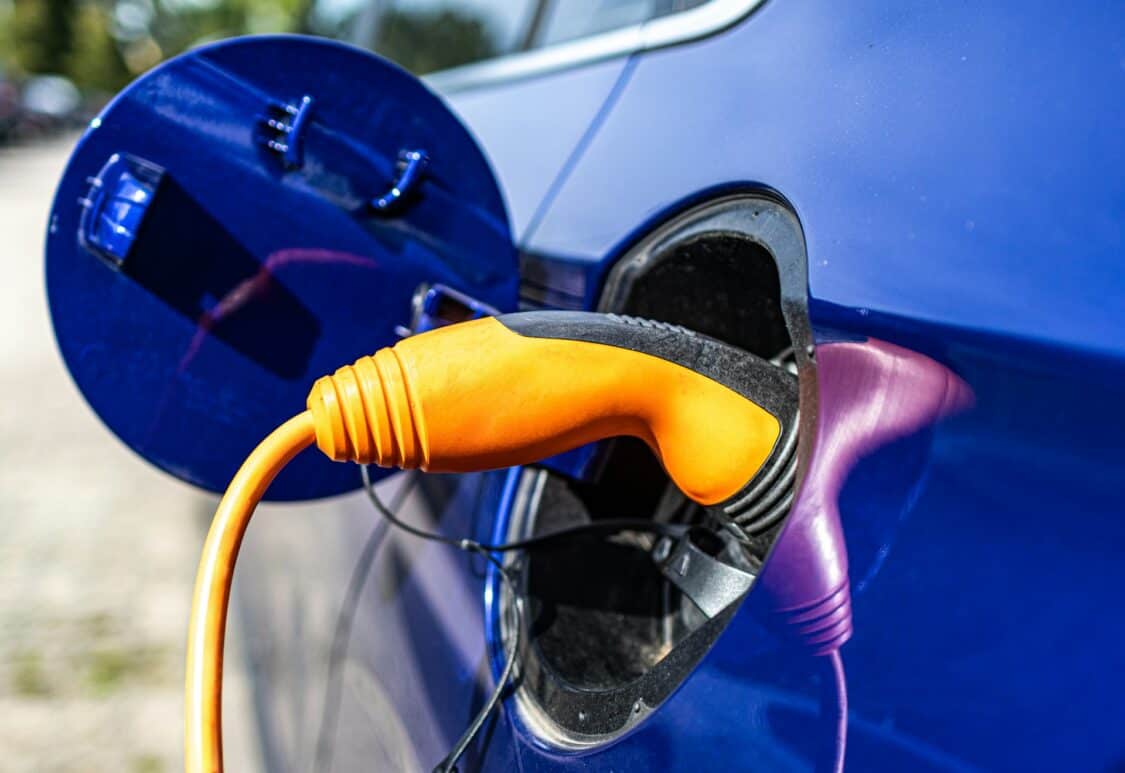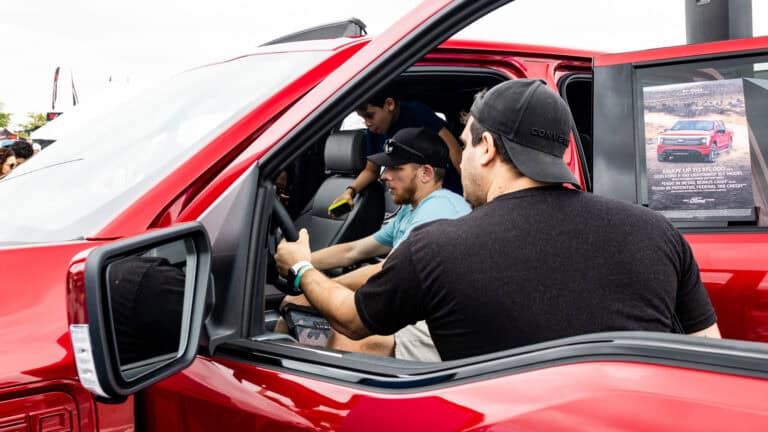- More drivers are buying electric cars in Hawaii, making the state a growing leader in EV adoption.
- According to J.D. Power, Hawaii ranks fifth in overall EV adoption, at 11.9% of new retail vehicles sold January through February this year.
- As of March 2024, there were 31,059 registered EVs in Hawaii, a gain of 29.9% YoY over March 2023, said the Hawaii EV Association.
The number of electric cars in Hawaii is growing fast. According to CNBC, Hawaii ranks third in J.D. Power’s “EV Adoption Score,” which is weighted based on market, consumer preference, EV availability, and other conditions. Hawaii got an EV Adoption Score of 33.8 on J.D. Power’s report, for January through February 2024.
ADVERTISEMENT
EV Costs Are High in Hawaii
The rapid uptake of electric cars in Hawaii proves local car owners have strong desire to drive electric and are willing to pay more to do so. A report from Edmunds reported in the CNBC article showed consistently higher EV prices in relation to their ICE counterparts.
2024 Average retail transaction prices for vehicles in Hawaii:
EVs: $62,637
Overall average: $49,970
If buying an EV from a franchised dealer, the price went down in 2024 for EVs from a high of $68,546 in 2023. The Edmunds report excluded Tesla, Rivian, and other direct-to-consumer brands.
Hawaii EV Association Reported 29.9% EV Growth in March 2024
As of March 2024, there were 31,059 registered electric cars in Hawaii, a gain of 29.9% year-over-year from March 2023, said the Hawaii EV Association. EVs now represent 2.9% of the 1,081,896 registered passenger vehicles in the state. EV sales in Hawaii are growing fast.
The Hawaii EV Association is a chapter of the Electric Vehicle Association, formerly the Electric Auto Association, a leading nationwide nonprofit dedicated to accelerating the adoption of electric vehicles.
High Gasoline Prices Are a Factor

According to the American Automobile Association (AAA), Hawaii’s average price for a gallon of gas in April 2024 is about $4.78 (as of this writing), which is more than $1 higher than the national average of $3.68 a gallon. Like California, which historically has among the highest gas prices in the nation, Hawaiians are choosing more and more to go electric because of the significant cost savings on fuel.
Although electricity costs vary by state, electricity costs are far lower than gasoline, even when gasoline prices are at their lowest levels. Low charging prices are just one of the many cost-saving benefits EVs have over ICE.
ADVERTISEMENT
Islanders Have Less Range Anxiety
With the exception of the Big Island, “range anxiety,” or the fear of running out of charge, is not as much of an issue. Because the Hawaiian islands are mostly small, charging options are rarely out of reach due to the high average range of an EV.
Bloomberg reported the average U.S. range of EVs reached a new record of 291 miles in 2023.
Hawaii Has Its First NEVI-Funded EV Charging Station

Charging availability is a crucial part of increasing EV adoption for any state. The Hawaii Department of Transportation announced that one of the first NEVI federally-funded EV charging stations in Hawaii opened in February 2024, at the Kahului Park & Ride in Maui, consisting of four 150 kW DC fast chargers.
The $5 billion National Electric Vehicle Infrastructure (NEVI) Formula Program is administered by the Federal Highway Administration. It is supported by the Joint Office of Energy and Transportation. The Joint Office estimates that Hawaii will have $17.7 million in total funding under the NEVI program’s initial round of fiscal year 2022 funding.
Under the State Plans for Electric Vehicle Charging released by the Joint Office, a wide variety of NEVI information is available for every state, including funding for fiscal years 2022-2024, EV charging corridors, and NEVI planning. Hawaii’s reported fiscal year funding for 2024 was $3,765,855, with a corridor range of 788 miles.
ADVERTISEMENT
EV Incentives Abound in Hawaii
For information on EV incentives in Hawaii, the Alternative Fuels Data Center, offered by the U.S. Department of Energy’s Vehicle Technologies Office, provides detailed information. Drive Electric Hawaii provides additional information.
Some incentive examples include HOV lane access for EVs, an up to $500 rebate through the Hawaii Electric Bike and Moped Rebate Program, and Hawaii Energy’s EVSE rebate program.
Hawaii Is Setting a Great Example for Other States
Drivers are buying more electric cars in Hawaii, advancing EV adoption, regardless of barriers. Hawaii is primarily different from other states in terms of its size. The small size of the islands makes adoption easier, as there are not large swaths of area without charging. Hawaii’s Big Island, at 4,028 square miles, is an exception for now. However, charging is being installed at a rapid pace in the Big Island and the other Hawaiian Islands.
A lack of charging across large areas is a more serious problem in the “lower 48,” the contiguous United States consisting of the 48 adjoining U.S. states and the District of Columbia.
ADVERTISEMENT

FEATURE IMAGE: CASEY HORNER ON UNSPLASH
FTC: We use income-earning auto affiliate links. Learn more.












One Response